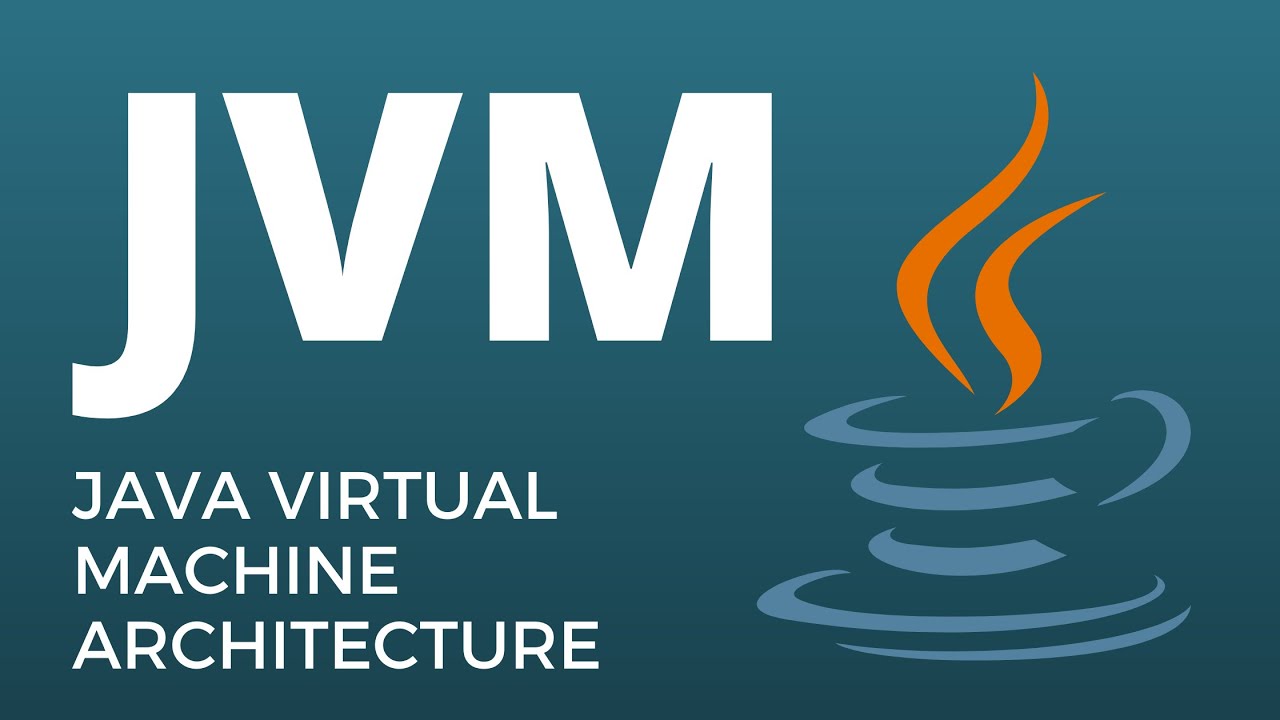WEB IProcess Pyme LITE!
Ideal for small companies that need productive modules, 10 corporate emails, 5 sections, 20 product catalog, 5 SEO campaigns, e-commerce.

 Español
Español
 English
English
Recently, engineers at Netflix discovered a flaw in the Java Virtual Machine (JVM) that could affect many Java applications worldwide. The JVM is an essential component in most Java applications as it`s responsible for executing Java code across a variety of platforms and devices.
The issue at hand is a memory problem that can lead to unexpected application behavior. According to Netflix engineers, the problem originates from the JVM`s memory management system and can affect both server and client-side Java applications.
The problem can be especially problematic for long-running applications that use the JVM, such as web server applications. If left unaddressed, it can cause memory overload and application malfunction, which can lead to downtime and data loss.
Fortunately, Netflix engineers have identified a temporary solution to the problem, which involves disabling a feature in the JVM called "UseCompressedOops." This feature is used to reduce the size of memory used by the JVM, but seems to be the cause of the memory problem.
It`s important to note that although the problem was discovered by Netflix engineers, it could affect any Java application worldwide. Therefore, it`s important for Java developers to be aware of the problem and the temporary solution recommended by Netflix engineers.
We hope that Java developers can work together to find a permanent solution to this JVM problem, which is so crucial for many applications worldwide.

It`s interesting to mention that the problem in the JVM could be related to inefficient use of the processor`s cache memory when using data structures that point to the same memory address.
Cache memory is a hardware optimization technique used by the processor to temporarily store frequently used data in order to speed up access to it. However, when using data structures that point to the same memory address, there may be a higher likelihood of data being stored and accessed inefficiently in the cache memory, which could result in a loss of efficiency.
It`s important for developers to be aware of these potential causes of the problem in the JVM, as this will allow them to take measures to prevent it in their own applications. It may be necessary to adjust code to optimize cache memory usage, or perhaps it may be necessary to use different data structures to avoid pointing to the same memory address.
In general, it`s important for developers to be vigilant about performance issues in their applications, and be willing to investigate and address issues proactively. Early detection and resolution of performance issues can significantly improve the quality and efficiency of applications.

To avoid the cache problem and improve processor efficiency, it is important to carefully choose the data structures that are used in the algorithms. Some of the data structures that can be more efficient in this regard are:
Arrays: Arrays are data structures in which elements are located in consecutive memory locations. This makes them efficient for accessing individual elements, since they can be accessed directly through their index. However, arrays are not suitable for all situations, especially if inserting or removing elements in the middle of the array is required.
Linked Lists: Linked lists are data structures in which elements are linked by pointers or references. This makes them more flexible for inserting and removing items anywhere in the list. However, accessing individual items in a linked list may be less efficient, as it may require a sequential search.
Hash tables: Hash tables are data structures that use a hash function to assign keys to memory locations. This makes searching for and accessing individual elements very efficient, as long as the hash function is good and there aren`t too many collisions. Hash tables are ideal for situations where a quick lookup of items based on a key is needed.
Binary Search Trees: Binary search trees are hierarchical data structures in which each node has two children, and the nodes are arranged such that the smallest elements are in the left subtree and the largest elements are in the left subtree. right subtree. This makes searching for items very efficient, especially if the tree is balanced. However, inserting and removing elements can be more complicated and less efficient than in other data structures.
In summary, the choice of the appropriate data structure will depend on the type of operations that need to be performed most frequently, and it is important to take into account both the efficiency in searching and accessing individual elements, as well as the flexibility for the insertion and deletion of data. items.

The answer is yes! While the use of arrays, hashes, and other data structures is well-known, the objective of this article is to examine their use in solving this specific problem, independent of the algorithm, architecture, and other factors.
For hierarchical structures with multiple levels and dimensions, the technique can be more complex, but still achievable by introducing other elements such as level mapping, node and content indexing, and more.

The famous cache memory usage problem when something=something+somethingelse! repeats itself in other types of variables and functions where algorithm resource usage is non-linear (especially in execution time). The same can happen in processes where searches are recursively performed in already created trees; at the time of creation, it is very important that the mouse leaves breadcrumbs (routes, indexing, mapping, etc.) so that other ways of accessing the "DATA" are used at reading time. This factor comes to mind when we think of microservice synchronization, neural networks, artificial intelligence, data science, and other levels of abstraction that are not yet so popular (because the jump from m1 to M1...M2 Max (etc.) by Apple is not linear?). We conclude that the developer must not only rely on algorithms and brute force but also include soft skills!
Publication Date: 2023-03-26
Source: IProcess.systems: Alejandro Cari - Software Development Engineer





Ideal for small companies that need productive modules, 10 corporate emails, 5 sections, 20 product catalog, 5 SEO campaigns, e-commerce.

Ideal to start your presence on the internet, catalog of 5 products, updating documents, hosting, corporate emails and more!

Ideal for small companies that need productive modules, 10 corporate emails, 5 sections, 20 product catalog, 5 SEO campaigns, e-commerce.

Ideal to start your presence on the internet, catalog of 5 products, updating documents, hosting, corporate emails and more!







